Manuscripts
Our published video articles
High-Payoff/High-Risk Research Enables Full-Spectrum Dominance in the Battlespace
B. C. Tousley
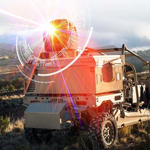
Abstract. As the vice president of Advanced Concepts & Technology for Raytheon Intelligence & Space, Bradford Tousley leads an innovative technology incubator inside Raytheon Technologies, which focusses on high-reward/high-risk disruptive technologies for the defense industry. In this interview he discusses the history of Raytheon Technologies and some of the advancements, including quantum computing, ARAKNID, DyNAMO, directed energy weapons, digital engineering, and synthetic biology, which will enable US forces and allies to maintain full-spectrum dominance in the battlespace in the near future.
Mosaic Warfare and Human–Machine Symbiosis
T. Grayson, S. Lilliu
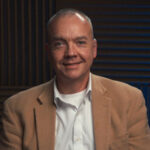
Abstract. As the director of the Strategic Technology Office at the Defense Advanced Research Projects Agency (or DARPA), Timothy leads the office in development of breakthrough technologies to enable war fighters to field, operate, and adapt distributed, joint, multi-domain combat capabilities at continuous speed. He is also founder and president of Fortitude Mission Research LLC and spent several years as a senior intelligence officer with the CIA. Here he illustrates the concept of Mosaic Warfare, in which individual warfighting platforms, just like ceramic tiles in a mosaic, are placed together to make a larger picture. This philosophy can be applied to tackle a variety of human challenges including natural disasters, disruption of supply chains, climate change, pandemics, etc. He also discusses why super AI won’t represent an existential threat in the foreseeable future, but rather an opportunity for an effective division of labour between humans and machines (or human-machine symbiosis).
Radiation Sources in Structural Biology
R. Henderson, M. Alsari
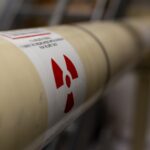
Abstract. What is radiation damage? Are electrons more suitable than X-rays in structural biology? Richard Henderson talks about synchrotron radiation and how cryo-EM laboratories are being established at synchrotrons as national research facilities.
History of Cryo-EM
R. Henderson, M. Alsari
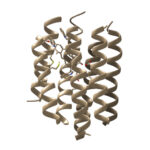
Abstract. Richard Henderson discusses Jacques Dubochet’s, Joachim Frank’s and his contributions to the development of electron cryo-microscopy.
The Nobel Prize Factory
R. Henderson, M. Alsari
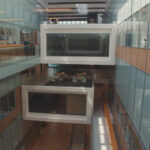
Abstract. Nobel Prize Laureate Richard Henderson introduces structural biology and electron cryo-microscopy, and talks about the successful journey of the MRC Laboratory of Molecular Biology.